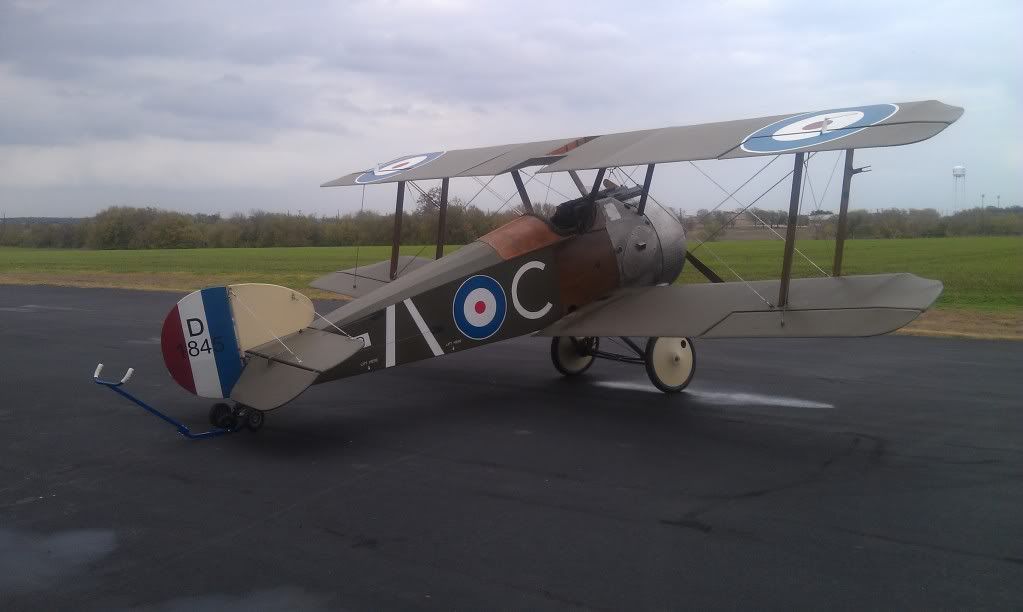Here's a video of a new build Gnome rotary that will be commercially available. It shows how the valve gear/timing works. Engine #1 is very near running. We have a deposit on engine #2 for our little Sopwith Camel replica. Very exciting!!
http://www.youtube.com/watch?v=FvHrbkYEn0k



 Reply With Quote
Reply With Quote



